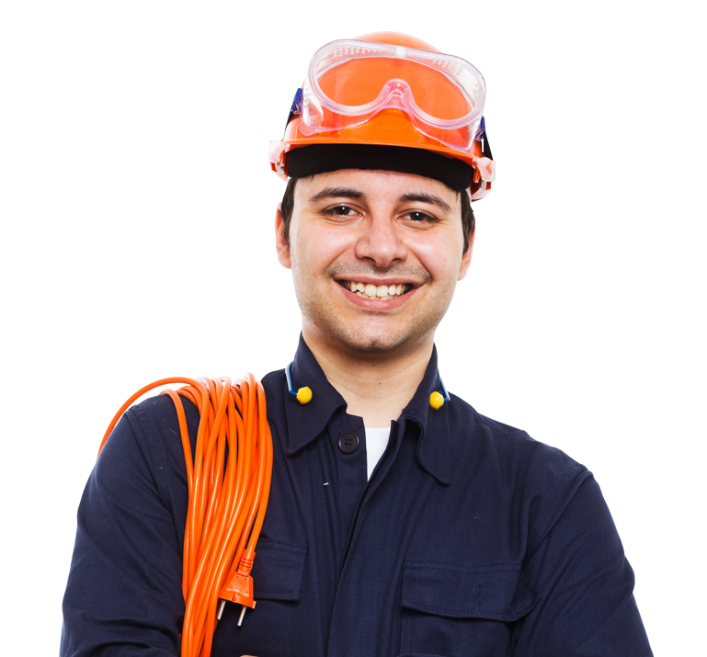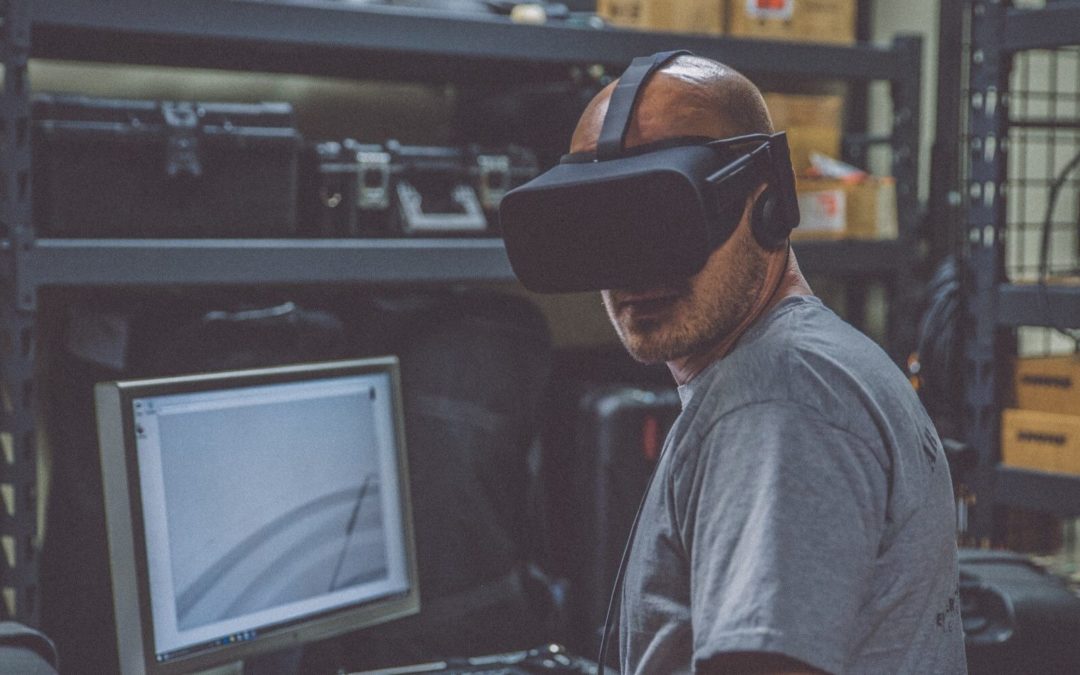Using virtual reality for training isn’t a new application of the technology. Virtual simulations for surgeons, airline pilots, and astronauts have been in use since the 1970s. However, it is only recently that virtual reality systems have become more accessible and affordable. The expanding market is bringing exciting applications for businesses. Predictably, virtual reality (VR) and augmented reality (AR) have seen the most growth in the gaming industry, but other applications like education and training are close behind. And given the recent global quarantine, the ability to operate virtually is an advantage now and in the future.
Virtual Reality vs Augmented Reality
There are two common terms used to describe digitally-enhanced reality.
Virtual reality refers to an artificial environment experienced through sensory stimuli like sights and sounds. The user’s actions partially determine what happens in these environments. Virtual reality usually requires specialized software and equipment like headsets, goggles, sensors, etc. Flight simulators are an example of virtual reality.
In contrast, augmented reality is created by overlaying digital information on something viewed through a device. Some smartphone camera filters that add bunny noses or dog ears to a selfie can be considered augmented reality. This usually only requires specialized software.
Here are three ways digitally-enhanced reality is being used:
1. Recruiting & Hiring
Virtual reality can be used to recruit quality candidates and allow them to experience what it’s really like to be on the job. In one survey, 67% of employers said retention rates would be higher if candidates were given a clearer picture of the organization and their role within it. Giving a virtual job description or on-the-floor tour gives candidates a realistic view of the company and sets expectations for the position. A German logistics company, Deutsche Bahn, used VR to supplement its aging employment base. They utilized VR headsets at career fairs to give candidates first-hand experience in roles they’ve had trouble filling. The company reported 5 to 10 times as many applicants from job fairs and noted these candidates were of a higher quality.
2. Onboarding
Using virtual reality during onboarding helps new trainees retain information. Companies like KFC, Walmart, and UPS use VR to enhance onboarding and improve collaboration. FedEx used VR to overcome negative perceptions about new employee orientation, which was often referred to as “bor-ientation”. They took what seemed like a boring and tedious process and personalized it. They noted that employees were more engaged with the material during training and retained information longer after training was complete.
3. Training
Virtual reality can also improve safety and give employees practice using expensive or complicated machinery. FedEx decided to use VR to train loading dock employees. These workers move 8.5 million packages per day at various locations around the country. The work is fast-paced and physical. Safety and efficiency is a top concern. FedEx started with a small pilot program and improved safety almost immediately. By analyzing the VR headset’s eye-tracking software, they noticed many workers were looking in the wrong place during simulations of loading and unloading packages, which could lead to safety issues. FedEx addressed this concern and saw positive results. They also saw improvement in the amount of information new trainees retained.
Virtual reality can prepare workers for emergency situations while prioritizing safety and minimizing physical harm. Because wireless retail stores have a higher likelihood of armed robbery, Verizon used VR to train retail workers on how to handle high-risk situations. The realism of the simulation creates a real stress response and helps workers learn the proper procedures without putting them in danger.
Build a Better Workforce with NBS
As part of our mission to help businesses build safer and more efficient workforces, NBS is actively pursuing ways in which virtual reality and augmented reality can be applied within your organization. We believe the realism, scalability, and accuracy of these technologies will help your hiring and training processes. Stay tuned for more information on future applications.
Try a sample assessment today!
Accurately determine the most qualified candidates and build a dynamic and successful workforce.


Recent Comments